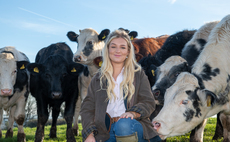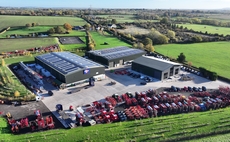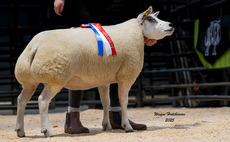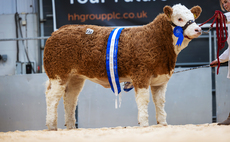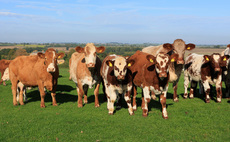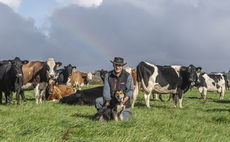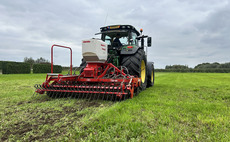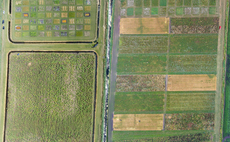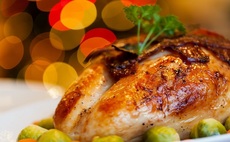
Simon Draper on the ongoing bullish trade.
We are now just over halfway through July and thankfully the weather has broken, the forecast is for a reasonably dry spell. The abundance of grass can now be cut with both late first cut and a heavy second underway.
Grass has a huge influence on stock numbers coming forward to market and 12 months ago a shortage of grass in the Home Counties and the South East forced vendors to market cattle at least a month early.
This year there is plenty of grass so the cattle are staying at home for the time being. Short supply bolsters trade especially for the 12-month-old cattle to follow the baler, trading at least £100-£150 more on the year. A strong beef trade has added fuel to the fire.
Our last TB exempt sale for cattle selling to an approved finishing unit averaged £1,111.51 for steers and £1,073.46 for heifers, including a bunch of 12-month-old Herefords. The top price achieved was £1,455 for an
over age Hereford steer.
For Thame �������� Auction Mart, July is the time to start thinking all things sheep. Our main sale, the Shearwell Thame Summer Sheep Fair, is just around the corner on August 5-6. A catalogued entry of nearly 18,000 will be sold over two days. Guessing the average price will come later in this article.
As an auctioneer of 42 years, I have never seen trade as strong as it has been in the last 12 months.
Hoggets in May selling well above £150 with the sale of more than 2,000 head averaging £148.30 for the whole entry one week.
Spring lamb trade has not disappointed, except for one week when it dipped below 240pkg liveweight. Last Wednesday's trade for 993 lambs averaged 262p and topped at £143 per head.
Average prices Friday's cast ewes sold to £168.
The question on all flock masters' lips is how much will I have to give this year for my yearlings? Early sales of relatively small numbers would indicate an increase of £40-£50 per head, with average prices not far short of £200.
I am not taking any bets at this point but would be delighted for the trend to continue. A full report will be available on Monday August 9, however, our phones will not stop ringing from about two o'clock on the Friday asking that very question.
Something always manages to spoil the party. Last year it was Covid-19 restrictions and this year it appears there is a shortage of Bloom dip, which may lead to an uneven playing field as some flock masters struggle to show their sheep to best advantage without. At least the sheep will be in forward condition.
Our entry of 18,000 is similar to last year's but well down on 2019 and prior - a noticeable change in trend. We have far more pens of Beltex crosses sold in fives and tens, a few more Texel crosses, fewer Cheviot Mules as they were dear to purchase last autumn and fewer Suffolk crosses as the lesser sheep found their way to the hogget sales.
Mule numbers are also down, primarily due to more sheep lambed and either sold with lambs at foot or not farmed well enough for the early sales. Come 5pm on Friday August 6, we will know the answer to the question.��
Simon Draper
Simon Draper is a senior auctioneer at Thame �������� Auction Mart. Call 07966 437 114 or email��
[email protected]





